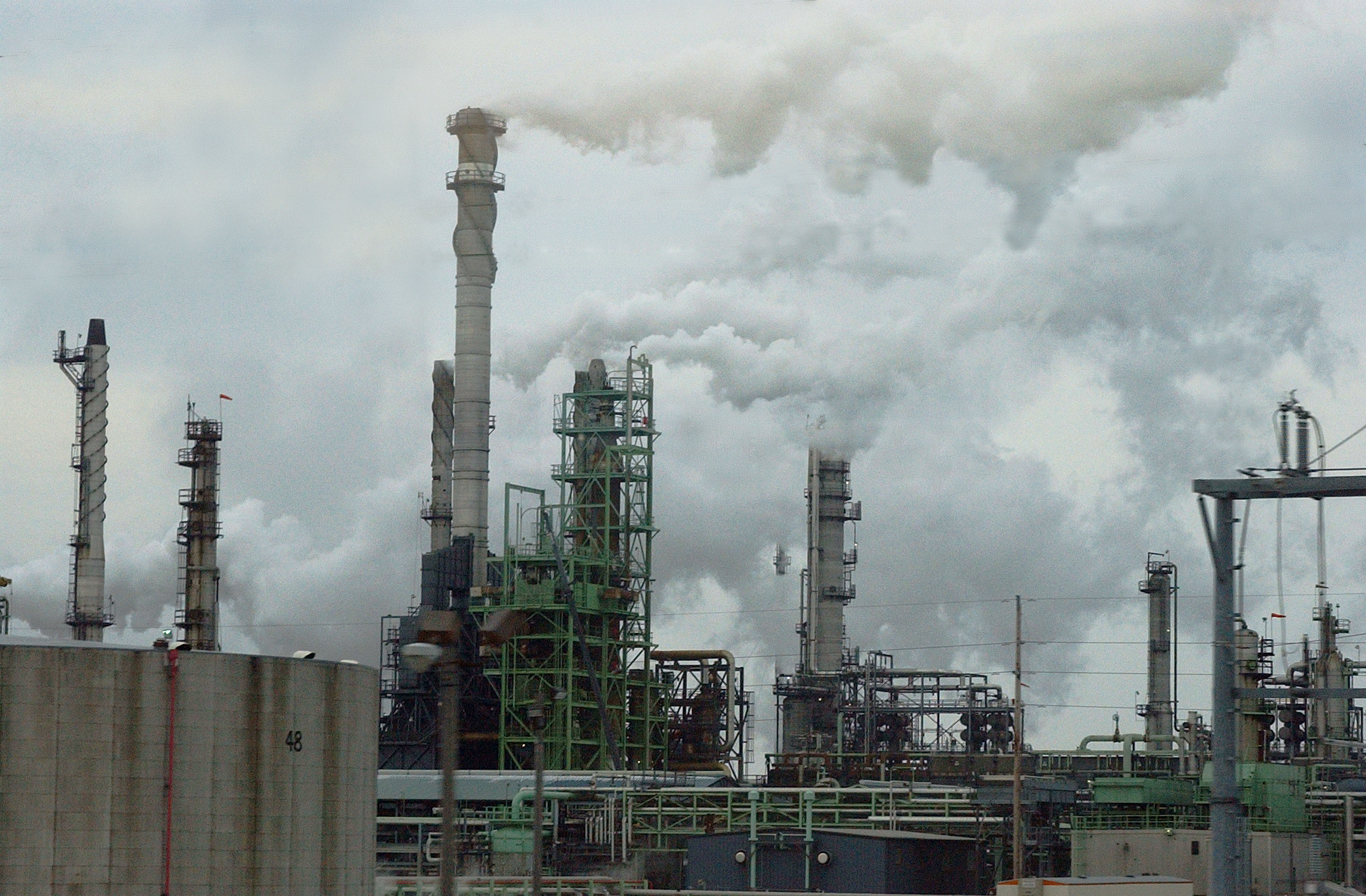House bill proposes study of statewide strategy to slash emissions

“People and the planet are getting clobbered by climate change.”
So said United Nations Secretary-General Antonio Guterres Monday upon the release of a report by the Intergovernmental Panel on Climate Change that painted a picture of a world in which floods, fires and famine displace millions and the planet is irreversibly damaged if global temperatures continue to rise.
When confronting a problem of such global scope, what can Minnesota do?
HF3431 is designed to help ascertain some answers.
Sponsored by Rep. Patty Acomb (DFL-Minnetonka), the bill would appropriate $300,000 to the Pollution Control Agency in fiscal year 2023 to prepare a report on potential strategies to reduce statewide greenhouse gas emissions. The goal would be to coordinate statewide strategies to better meet greenhouse gas reduction goals.
The bill was laid over Tuesday by the House Climate and Energy Finance and Policy Committee for possible omnibus bill inclusion. It has no Senate companion.
“Not only do we need to react, but we need to be proactive to prevent future damage,” Acomb said. “This is intended to give us the information we need to be proactive.”
The state has in statute the goal of reducing greenhouse gas emissions 30% from their 2005 base by 2030 and 80% by 2050. But recent reports show the state off track to meet those goals.
The bill would require the report to quantify the reductions and estimate the cost to achieve them in eight different sectors, including agriculture, forestry, transportation, and residential and commercial buildings.
If looking for some good news amid the U.N.’s bleak climate change report, some was provided by Jamie Alexander, director of Project Drawdown, which created a modeling study on reducing greenhouse gas emissions that became the New York Times bestseller, “Drawdown.”
“The technologies and practices that we have today are sufficient to achieve the goals,” Alexander said. “We have the global data, but what the world needs now is contextualized state-level data to make this laser-focused.”
In “Drawdown,” data is presented that quantifies the difference various strategies would make in reducing greenhouse gas emissions on a global level, focusing upon such areas as electricity, food, agriculture, land use, industry, transportation and buildings, and how natural and human-made processes can alter emissions. The bill is intended to create something like a state-centered “Drawdown.”
Alexander said no similar study has been commissioned at the legislative level, but various organizations funded a collaborative study in Georgia that has become a statewide initiative, accelerating progress toward the goals and bringing investment from the private sector.
Seeing that “Drawdown” recommends that $28 trillion be invested globally to slow emissions to the levels outlined in the 2015 Paris Agreement, Rep. Chris Swedzinski (R-Ghent) asked Alexander if that would then stop global warming.
“Limiting temperature increase to a certain level would not stop the effects of climate change that we’re already seeing,” Alexander said. “When the concentration of greenhouse gases in the atmosphere stops accelerating and starts to decline, that’s the point we’re working toward, where we stop making the problem worse. We’re still digging ourselves into a hole.”
Related Articles
Search Session Daily
Advanced Search OptionsPriority Dailies
Speaker Emerita Melissa Hortman, husband killed in attack
By HPIS Staff House Speaker Emerita Melissa Hortman (DFL-Brooklyn Park) and her husband, Mark, were fatally shot in their home early Saturday morning.
Gov. Tim Walz announced the news dur...
House Speaker Emerita Melissa Hortman (DFL-Brooklyn Park) and her husband, Mark, were fatally shot in their home early Saturday morning.
Gov. Tim Walz announced the news dur...
Lawmakers deliver budget bills to governor's desk in one-day special session
By Mike Cook About that talk of needing all 21 hours left in a legislative day to complete a special session?
House members were more than up to the challenge Monday. Beginning at 10 a.m...
About that talk of needing all 21 hours left in a legislative day to complete a special session?
House members were more than up to the challenge Monday. Beginning at 10 a.m...